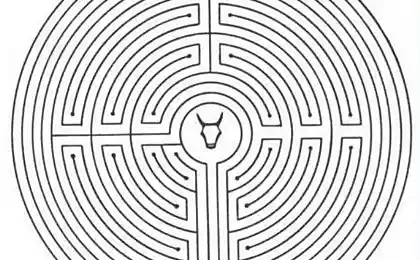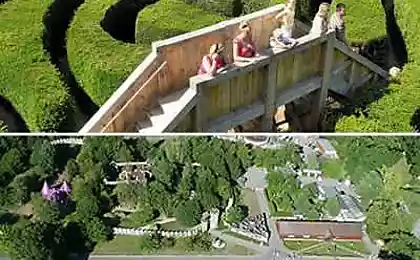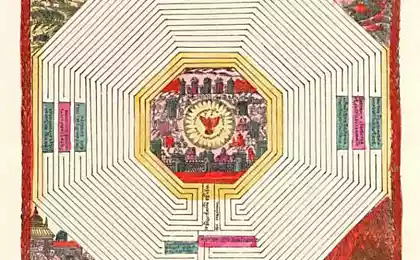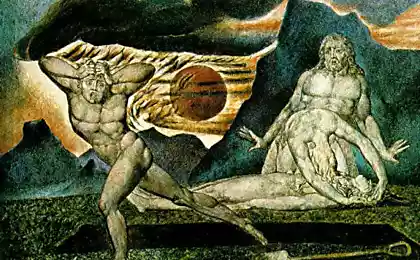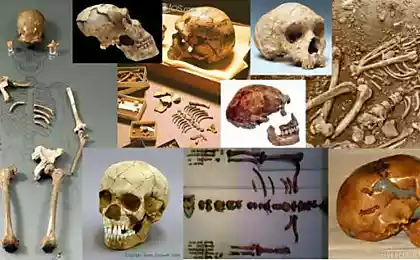506
Where did the labyrinth?
The maze is a real Myth, is a story about characters and events that historical science does not recognize the real, but considers as characters.
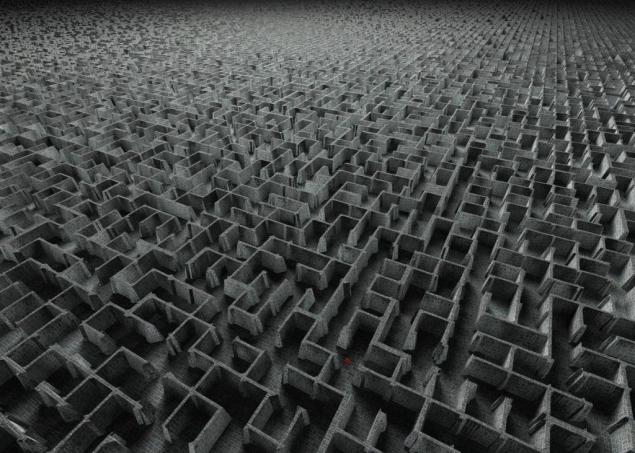
The myth about the Labyrinth is one of the oldest and it is similar to the myths of all ancient civilizations, saying that the maze is a difficult and obscure path, long and winding trails which wonder to get lost. Sometimes the plot of this myth weaves the story o outstanding person, the hero or mythical character who overcomes the labyrinth and finds the key to solving the mysteries brought before him in the shape of the path.
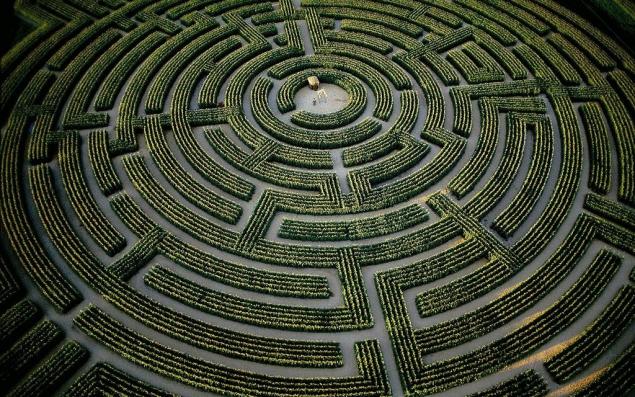
Herodotus, Diodorus Siculus, Strabo and Pliny the Elder has left a description of the Egyptian labyrinth near the "city of bastards" — Crocodilopolis. It was a colossal granite quadrangular building, consisting of three massive buildings, covering three sides of the interior space with a length of approx200 mi wide в170 m, the fourth side of which was adjacent to the pyramid. In this internal space there were several courtyards with columns, and covered hypostyle hall. The building itself consisted of many rooms and corridors located partially above the soil surface, part underground. According to Herodotus, the number of such premises was extended to three thousand. The maze occupied the total area of 70 000 square meters.
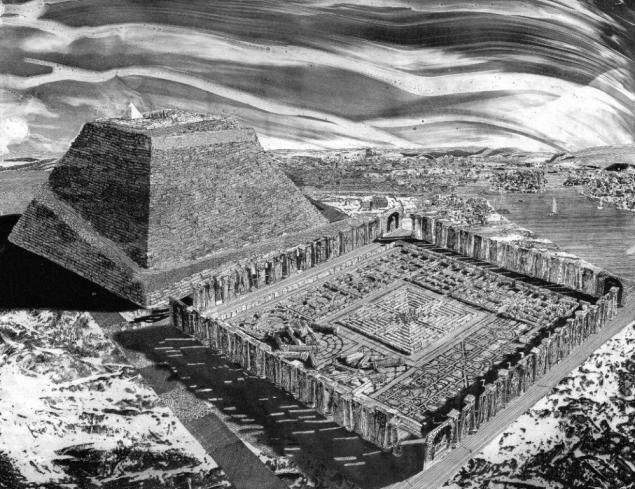
Second labyrinth, famous in the ancient world, was, according to legend, near Knossos on the North shore of the island of Crete. Its construction was attributed to the legendary sculptor and architect Daedalus by order of king Minos in order to contain this monster, the Minotaur, born of Queen Pasiphae. There, according to the myth, he performed one of his feats of Theseus, after killing this monster, thus freeing the Athenians from shameful and grievous tribute. He got out of the labyrinth thanks to the thread of gold which the young man was pulling for him from the entrance. This thread gave Ariadne, daughter of king Minos.
It seems that all these myths of ancient times, and all the symbolic labyrinths of the Gothic cathedrals reflect not so much historical reality as psychological. And psychological reality of the maze alive today. If in ancient times spoke about the initiatic labyrinth as a path, passing which a person could realize themselves, today we should talk about the maze of material and psychological.
Source: /users/155

The myth about the Labyrinth is one of the oldest and it is similar to the myths of all ancient civilizations, saying that the maze is a difficult and obscure path, long and winding trails which wonder to get lost. Sometimes the plot of this myth weaves the story o outstanding person, the hero or mythical character who overcomes the labyrinth and finds the key to solving the mysteries brought before him in the shape of the path.

Herodotus, Diodorus Siculus, Strabo and Pliny the Elder has left a description of the Egyptian labyrinth near the "city of bastards" — Crocodilopolis. It was a colossal granite quadrangular building, consisting of three massive buildings, covering three sides of the interior space with a length of approx200 mi wide в170 m, the fourth side of which was adjacent to the pyramid. In this internal space there were several courtyards with columns, and covered hypostyle hall. The building itself consisted of many rooms and corridors located partially above the soil surface, part underground. According to Herodotus, the number of such premises was extended to three thousand. The maze occupied the total area of 70 000 square meters.

Second labyrinth, famous in the ancient world, was, according to legend, near Knossos on the North shore of the island of Crete. Its construction was attributed to the legendary sculptor and architect Daedalus by order of king Minos in order to contain this monster, the Minotaur, born of Queen Pasiphae. There, according to the myth, he performed one of his feats of Theseus, after killing this monster, thus freeing the Athenians from shameful and grievous tribute. He got out of the labyrinth thanks to the thread of gold which the young man was pulling for him from the entrance. This thread gave Ariadne, daughter of king Minos.
It seems that all these myths of ancient times, and all the symbolic labyrinths of the Gothic cathedrals reflect not so much historical reality as psychological. And psychological reality of the maze alive today. If in ancient times spoke about the initiatic labyrinth as a path, passing which a person could realize themselves, today we should talk about the maze of material and psychological.
Source: /users/155
